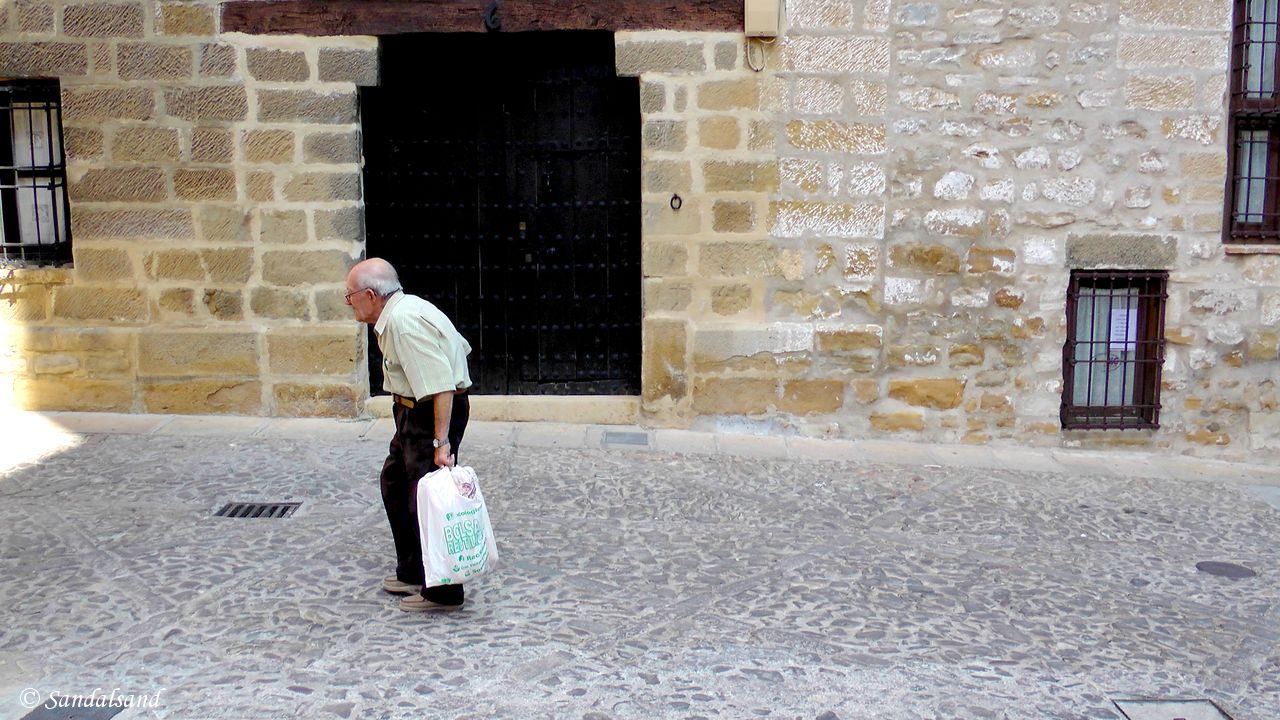The two towns of Úbeda and Baeza were defining centres in the birth of the Spanish renaissance in the 16th century.
The UNESCO World Heritage List includes several hundred properties with outstanding universal value. They are all part of the world’s cultural and natural heritage.
Official facts
- Official Title: Renaissance Monumental Ensembles of Úbeda and Baeza
- Country: Spain
- Date of Inscription: 2003
- Category: Cultural site
UNESCO’s World Heritage Centre’s short description of site no. 522:
“The urban morphology of the two small cities of Úbeda and Baeza in southern Spain dates back to the Moorish 9th century and to the Reconquista in the 13th century. An important development took place in the 16th century, when the cities were subject to renovation along the lines of the emerging Renaissance. This planning intervention was part of the introduction into Spain of new humanistic ideas from Italy, which went on to have a great influence on the architecture of Latin America.”
My visit
We need more information about this, so we turn to Wikipedia. “The most outstanding feature of the city [of Úbeda] is the monumental Vázquez de Molina Square, surrounded with imposing Renaissance buildings such as the Palacio de las Cadenas (so named for the decorative chains which once hung from the façade) and the Basílica de Santa María de los Reales Alcázares.”
Wikipedia also has this about Baeza: The sixteenth century was the golden era of Baeza (and nearby Úbeda). It grew rich from several industries, notably textiles, and the noble families, which were well connected with the Spanish Imperial state. They hired major architects of the era to design the present cathedral, churches, public buildings, and private palaces in the then-fashionable Italian style. The town’s university building dates to 1533.
The city declined in importance in the seventeenth century. As few newer structures were built during this period, this had the effect of preserving the town’s Renaissance legacy.
These two towns were at the end of my 2012 tour of Andalusia. It may be that I had seen so much already but neither their beauty nor simplicity struck me very much.
Browse to the PREVIOUS or NEXT post.


